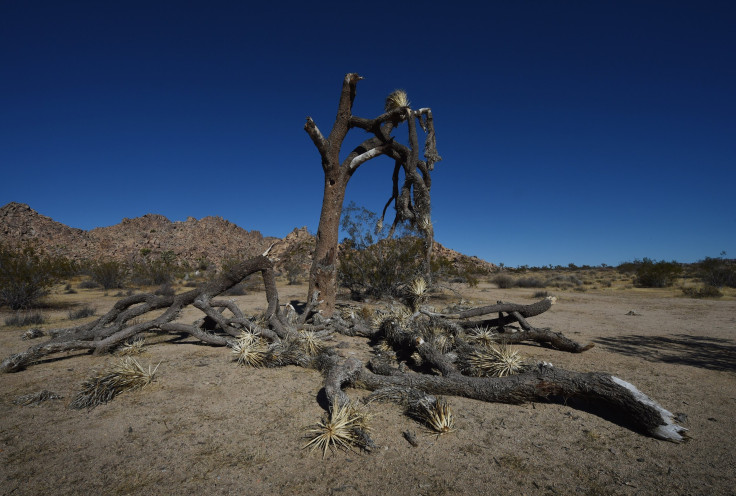California Drought Status 2016: El Nino Won’t Stop Record Water Shortage, Experts Say

The El Niño weather phenomenon, which has sent rain and snowstorms to California in 2015 and 2016, hasn't solved the state's record drought, experts said. While the water level in some reservoirs has increased in this period, many aquifers and rivers remain dry as California farmers and residents explore new ways to cope with the ongoing water shortage.
El Niño has been a "band-aid on a gaping wound," Julien Emile-Geay, a paleoclimatologist at the University of Southern California, told Agence-France Presse Sunday.
California has long suffered from intermittent water shortages, and a five-year recent rain shortage has put the state in a period of drought. El Niño is a weather phenomenon defined as a 1.5-degree Celsius temperature warming in the Pacific Ocean that causes massive rain showers across California, Mexico, central America and the Southern U.S. While the increased rain is a welcome change, California would have needed to see 2.5-3 times its average rainfall in order to begin ending the drought, according to Kevin Werner, the National Oceanic and Atmospheric Administration's expert on climate in the western United States.
Residential use will need to be curbed, and California residents will need to find more creative ways of capturing rainwater and recycling water in order to better use the amount available. Activists and lawmakers alike have advocated for desalination and other technologies to conserve water.
Around 40 percent of water consumption is used for agriculture in California, and environmentalists have criticized farmers for not putting in place more advanced irrigation systems. California farmers also continue to grow plants like alfalfa that require large amounts of water and are better suited to other climates, some say. A water subsidy for farmers has only exacerbated the problem, one former governor said.
“The subsidies are distorting water usage throughout the West and providing an incentive to use more water than would be used in an open market,” Bruce Babbitt, Arizona’s former governor and a former U.S. Secretary of the Interior told ProPublica in May 2015, adding, “Water is going to be the oil of the 21st century, and it should go to the best use. Right now, I don’t know if we’re doing that.”
© Copyright IBTimes 2025. All rights reserved.






















